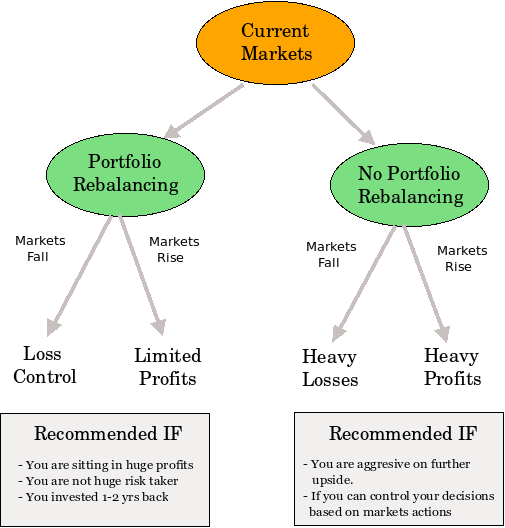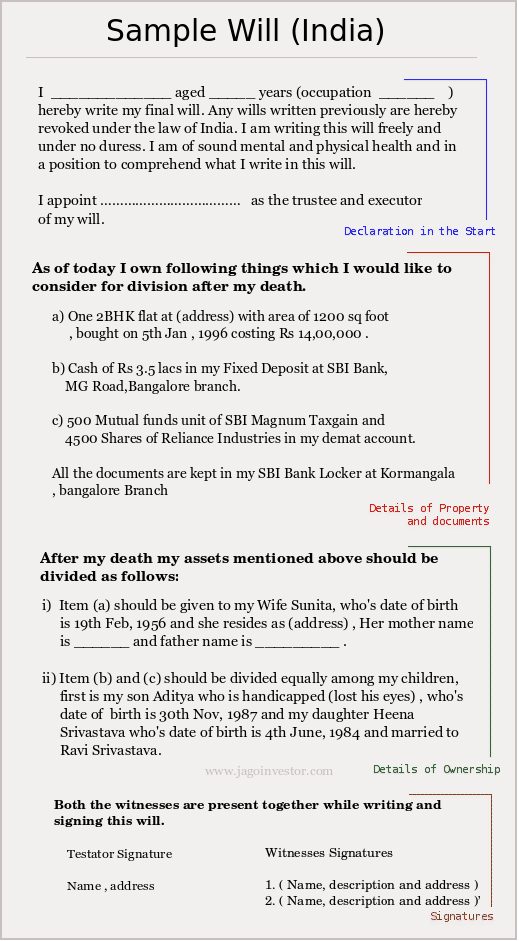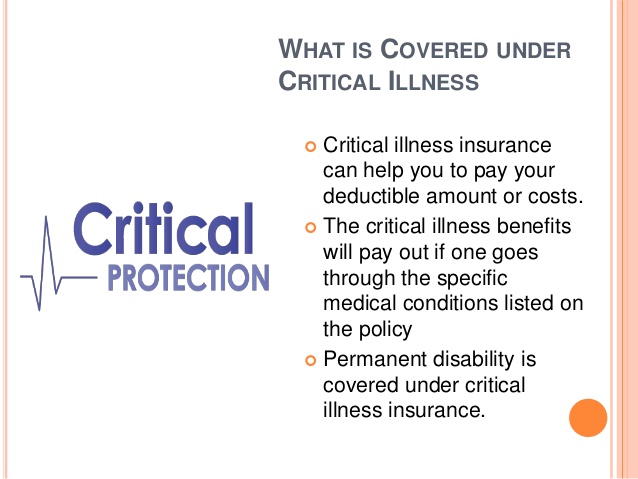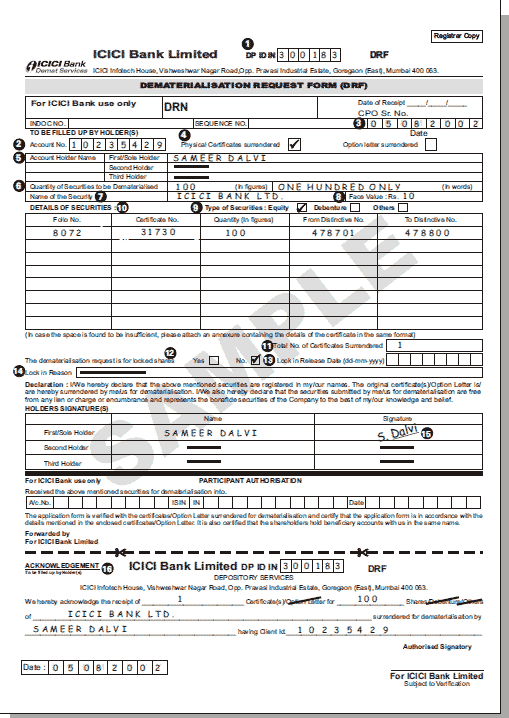What do you do when you are facing un-ethical practices by some company officials and You are not getting justice anywhere? You should reach out directly at the top of the management somehow because, believe me customer care just does not work ! . This is exactly what I did, when one of the readers complained on our forum that one of his friend is facing issues with India Bulls Real Estate from last some weeks. Here is his complaint
Dear Forum Members,
I’m writting this on behalf of my Friend-Colleague, Ravikumar GovindaNaik, who had a very Bad experience with Indiabulls Home Loan division.
Application Ref no with IndiaBulls – 150625
Name: Ravikumar Lamani GovindaNaik
In August 2010, he initiated the process to buy a 30×40 site near Hosur road, Bangalore. Since the property had only B-Khatha and loan amount was only 10 Lakh, most the major bank representatives denied his enquiries.
Then one Mr. Sivakumar from IndiaBulls Home Loans have appeared as life saver to him an agreed to get him the loan amount approved, with the whatever B-Khatha he have. Every now and then he asked for somany documents copies and it went for almost for a month. In between my friend got an SMS from indiabulls informing that his loan got approved. When he asked about this to Sivakumar he told, Loan is approved by Finance Division but Legal team still have to approve. Also he asked my friend to pay Rs. 5,000/- so that lawyer from Legal division would approve the loan amount. My friend disagreed to pay and asked the contact details of the Lawyer to talk. He refused to gave and tried to divert our attention.
When there was only few days to expire the sale agreement with the Land owner, Sivakumar again appeared and told Loan in COMPLETELY approved and shown photocopy of the cheque favoured the Land Owner. Later Land owner had some dispute on the registration amount and canceled the Land deal.
On October 05, 2010 My friend send a mail to Sivakumar and Indiabulls to cancel the Loan, since he no longer needs it. Nobody responded to mails and phone calls even after repeated attempts, and my friend was scared about the blank cheques he have given.
As he feared, on 13-Oct-10 Rs. 2,216/- was withdrawn from his bank account using the cheque claiming as Pre-EMI, eventhough the Loan Amount cheque was never delivered to him. Immediately my friend contacted Sivakumar and his Manager Praveen enquiring about this, but they suggested to contact customer care. When he contacted the customer care they told him to contact Praveen, The MANAGER. Many e-mail written to Sivakumar, praveen and customer care fell into deaf ears.
On top of that, again on 8-Nov-10 Rs. 20,275/- got withdrawn from my friends bank account using another blank cheque claiming as EMI of the Loan Amount, when the loan amount was never disbursed. Now they have stopped answering my friends calls. Do the Financial Institute have the rights to do like this?
The representative was from Indiabulls that we confirmed, called up the customer care, they also have the application reference number. The cheque’s were in favor of Indiabulls Housing Finance Ltd., only the amount was unfilled. They told that cheques are required for security and to initiate EMI-ECS facility. After the second incident of cash withdrawal, my friend used the “stop payment” facility of his bank. When I searched in Google, I could find lots of complaints against Indiabulls Loan services. In this case they have looted the money on top the processing charge Rs. 5,000, charged earlier.
Yesterday, my friend spoke to the representative Sivakumar again and threaten to send the details to RBI and would file a case, he was least bothered. He just told “Do it!”
What should my friend do now? Anybody knows a Higher official in Indiabulls, who could help? Or writing to RBI about this would help?
Please Help, Thanks, Surabhi R
What action I took ?
I emailed the whole incident as it is to Sucheta Dalal of Moneylife, who helped in escalating the whole issue directly to Gagan Banga, CEO of the company . Moneylife got the reply directly from CEO within same day that he will look into the issue and by next day itself .
—– Forwarded Message —-
From: Gagan Banga <>
To: Sucheta Dalal
Sent: Sun, 21 November, 2010 1:31:12 PM
Subject: Re: Bad experince with Indiabulls Home LoansMa’am, this will be sorted out by tomorrow. Thanks for your feedback and for escalating this issue to me. Regards, Gagan
IndiaBulls had talked to the customer and apologized, they also handed over the refund cheques towards Pre-EMI & EMI the same day. They also dispatched Post dated cheque’s & loan cancellation letter to customer the same day. Here is a reply
From: “Gagan Banga” <>
Date: Mon, 22 Nov 2010 17:09:28 +0530
To: Sucheta DalalSubject: Re: Bad experience with Indiabulls Home Loans
Dear Ma’am, Firstly I would like to accept the mistake of my team and our system . We have already apologised to the customer for the inconvenience caused and handed over the refund cheques towards PEMI & EMI today. The remaining PDCs & loan cancellation letter are being dispatched today and should reach him in a day or two. Once again thanks for bringing this to my attention, such feedback will surely help us in improving our processes. Regards, Gagan
This was a reply made from Gagan Banga to Sucheta Dalal of moneylife and she forwarded to me later. Sucheta Dalal has been in journalism from last 25 yrs and its because of this fact that Moneylife has strong ability to reach top management. Moneylife has been helping investors like Ravikumar get justice from many years now and they routinely do grievance redressal with success rate of over 80%. Moneylife also conducts various Financial literacy initiatives for common public in association with Industry experts .
Customer finally got Justice
After I got an email from Suceta Dalal that finally the issue is resolved, I personally talked to the Ravikumar (customer) on phone. Here is what exactly happened (as per the telephonic conversation)
Ravikumar went to Koramangala IndiaBulls office on Saturday (20th Nov) and the Manager-Praveen was not in office. One gentleman at office connected Ravi to Praveen over the office phone, and Praveen was not happy to talk with Ravi. He told that, today I’m on leave, will be back to office on Monday only, would look into then. There was nothing much to do for Ravi so came back home.
I think after that moneylife sent mail to Indiabulls CEO and he acted on it. On Sunday morning Ravi received a call from Mr. Praveen Pradhan (some other Praveen) , we claimed to the Location head of IndiaBulls in Bangalore. The other manager Praveen reports to this Praveen Pradhan. He might have received the communication from CEO by that time.
This Praveen Pradhan spoke to Ravi for 10-15 minutes, and collected the whole information about the story. He promised to Ravi that, he would receive money on Monday morning without fail. The interaction with Pradhan was pleasing and he apologised for the whole mess.
Monday morning (22nd Nov), Ravi visited Indiabulls office at Koramangala again, and he was directed to finance division. Straight away they have handed over the Refund-Cheque of Rs. 22,491 and as a latest update, while I was drafting this mail, some executive from Indiabulls called up and informed that he is coming down to our office in hour and would deliver the rest of the documents and those blank cheques collected.
– Ravikumar Govindanaik
Problem lies at Bottom level most of the times
This whole incident and what happened opens some questions . Is the problem mainly at lower levels or bottom of the pyramid which involves employees, and managers at lower level ? When we face any issues its never entertained by them or even customer care as they are just not bothered about the company ethics and only interested in their salary and day-to-day activities . However top of the management takes these issues very seriously and acts upon them faster ? What is your opinion on his point ?
Also what are your comments on this whole story ? Do you know some one who has faced these issues ? According to you, what can reduce these kind of frauds or un-professional behavior ?













 [/DDET]
[/DDET]